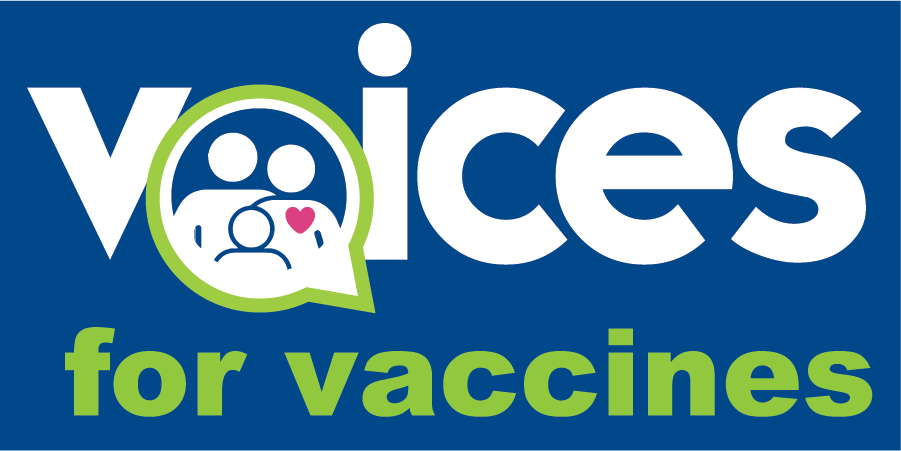The Facts:
The study called “COVID-19 Vaccines: A Risk Factor for Cerebral Thrombotic Syndromes” makes some scary claims about how safe the vaccines are. But the way the study was done has serious problems that make its results unreliable.
One big problem lies in how the study uses information from VAERS, a system where people can report health problems that happen after getting a vaccine. VAERS stands for Vaccine Adverse Event Reporting System, and it’s managed by two government agencies: the CDC and the FDA .
However, VAERS is open to anyone, which means anyone can report a health issue after a vaccine, even if the vaccine didn’t actually cause the problem. For example, if someone got a vaccine and then got a headache the next day, they could report it to VAERS, even though the headache might have had nothing to do with the shot. The VAERS website even warns that these reports don’t prove the vaccine was the cause.
Because of this, using VAERS as the main source for a scientific study can lead to false conclusions. Just because two things happen around the same time doesn’t mean one caused the other.
The website’s most important warning puts the above claims into context: “VAERS reports may contain information that is incomplete, inaccurate, coincidental, or unverifiable. Reports to VAERS can also be biased. As a result, there are limitations on how the data can be used scientifically. Data from VAERS reports should always be interpreted with these limitations in mind.”
The study also uses something called Proportional Reporting Ratios (PRRs) the wrong way. PRRs are a kind of math comparison. They look at how often a specific side effect is reported for one vaccine compared to another, based on reports sent to systems like VAERS.
In this study, the authors calculated really high PRRs—like 1120 for COVID-19 vaccines compared to flu vaccines—and said this shows the COVID-19 vaccines are much more dangerous.
But that’s not how PRRs work. PRRs do not tell us how often something actually happens in real life. They only look at what’s been reported, and reporting can vary a lot depending on how much attention a vaccine is getting in the news or online.
Because of these limitations, PRRs shouldn’t be used to say that one vaccine is riskier than another. It’s like measuring how scary two movies are by counting how many people posted about being scared without knowing how many actually watched each movie.
Disclaimer: Science is always evolving and our understanding of these topics may have evolved too since this was originally posted. Be sure to check out our most recent posts and browse the latest Just the Facts Topics for the latest.

Just the Facts Newsletter:
Correcting this week's disinformation
Sign up to get a weekly look at the latest vaccination facts as we debunk the latest false vaccination claims making the rounds on the internet.
